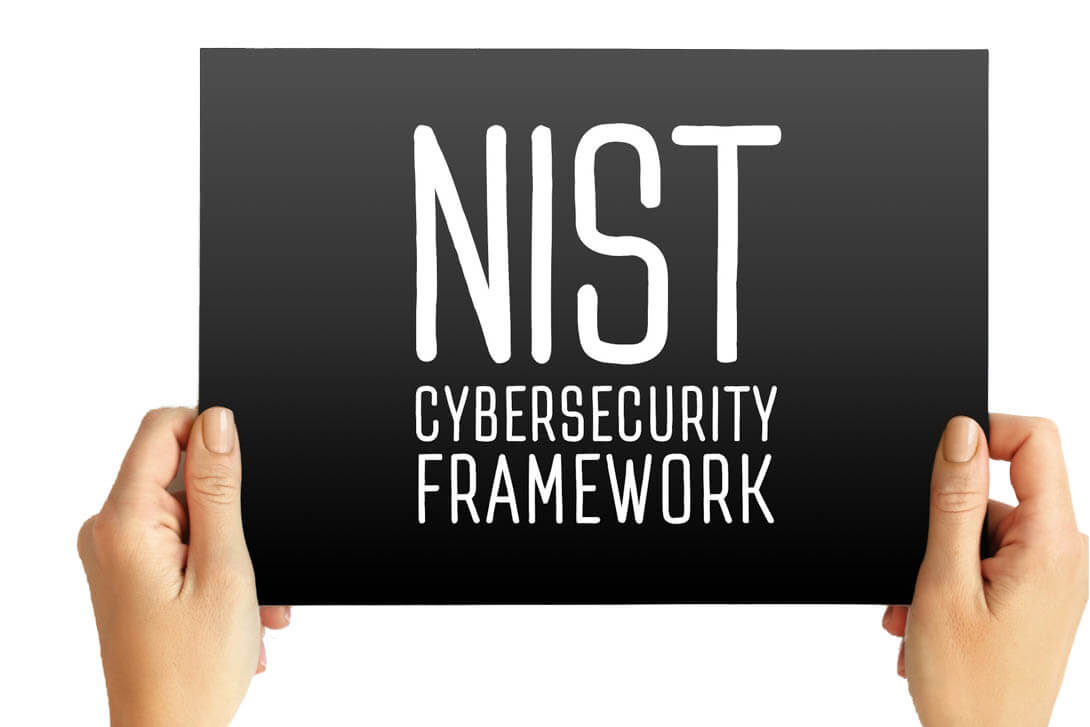With the security of highly sensitive data, an area of grave concern, the Department of Defense (DOD), United States, has introduced some revisions to the Defense Federal Acquisition Regulation Supplement (DFARS) defined under the NIST 800-171. Essentially, NIST 800-171 is a framework that specifies how information systems and policies need to be set up in order to protect Controlled Unclassified Information (CUI). Therefore, this requires contractors and subcontractors who hold the (CUI) to meet certain security standards as defined in the regulation by December 31st, 2017, and thereby maintain it. In the next section, get complete information about NIST 800-171 compliance checklist.
Fulfill NIST 800-171 Compliance Checklist Using a CASB Solution
NIST 800-171 specifies some basic requirements for security in configuration management like maintaining inventories of information systems. Any non-compliance may lead the contractors or subcontractors into their contracts getting terminated or even a lawsuit for the breach of contract.
- Assessment for Security Needs: This process will help in identifying the current state of security of the organization and will give a clearer view of what needs to be taken care of for becoming NIST compliant. This would include taking employee interviews, analyzing data maps, and filling the compliance matrix.
- Map Your Data Network: This step involves generating comprehensive data flow diagrams (DFD) to track how the CUI traverses through your network and identify places where it is stored and processed. With CloudCodes Data Loss Prevention (DLP), enterprises can easily monitor their data while in-use, in-motion, or at rest. The DLP feature also enables the enterprise to generate comprehensive reports about the data storage and its process, which is required to be presented to the authorities when asked for.
- Identify The Right Controls Applicable To Your Data Network: Once the whole process of mapping is done, it is important to identify parts of the system which require security controls. In case you have outsourced your data processing and handling to cloud service providers, you need to be more careful with your data flow and how it is being used by users. CloudCodes DLP enables enterprises to monitor, detect and prevent potential data breaches within the organization with is API based and Preventive based DLP mechanism, whether the data is in use, stationary (stored), or moving (in- transit).
- Enable Access Control: There is a huge amount of CUI data that is being used by several users in the organization, which may give way to unauthorized data use or unauthorized data sharing. With CloudCodes Access Control feature, an enterprise can set up restriction based policies, thereby restricting business data access to pre-defined, specific IP addresses, devices, browsers, login time, and even geographical locations.
- Impose Identity Verification: Given the risk of exposure of the CUI information, it becomes vital for organizations to ensure their data is being accessed by authorized individuals only. CloudCodes Identity Management feature enables organizations to impose stringent verification policies like multi-factor authorization, biometric authorization, complex password policies, etc.
Many organizations, irrespective of their size, have their extensive operations on the cloud. With NIST 800-171 compliance checklist nearing, they are all looking to adopt a CASB cloud security solution so as to be well prepared before December 31, 2017. While there are several CASB vendors present, it’s time you evaluate them and choose the one that best suits you. Compare CASB Vendors here.

